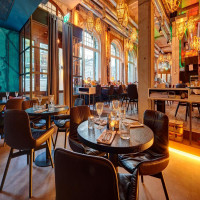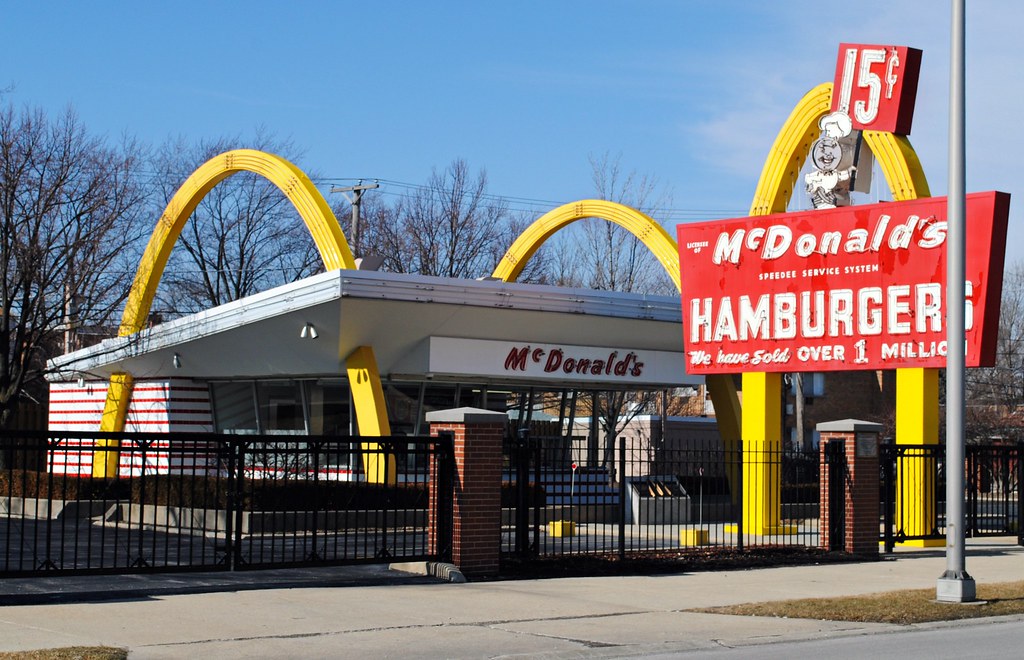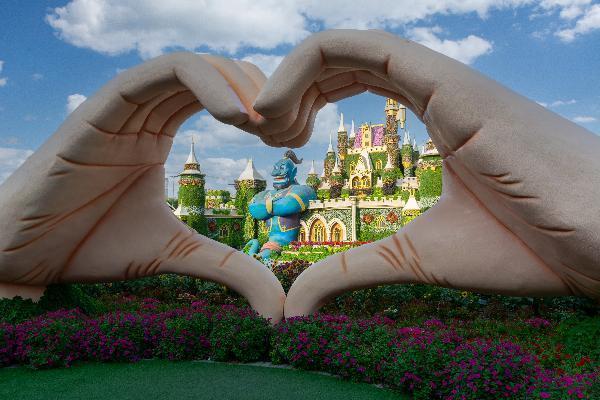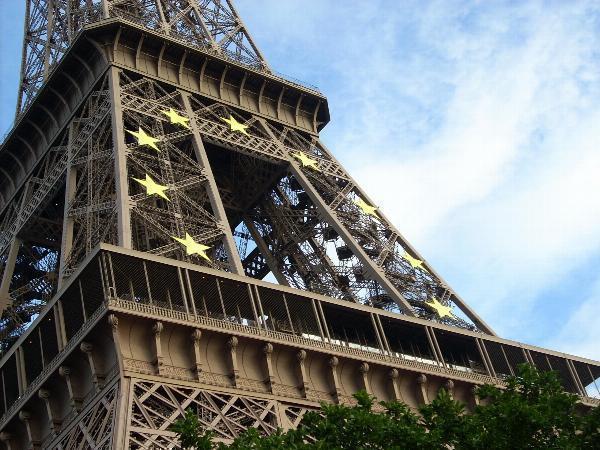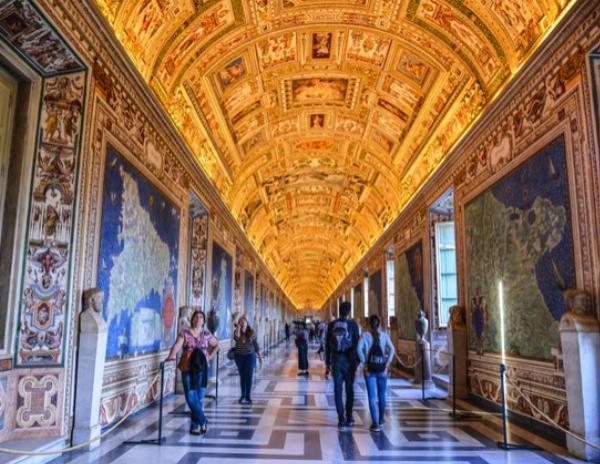Exploring the Magnificence of the Palace of Versailles: A Royal Journey
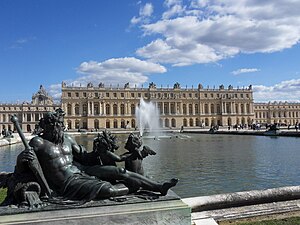
The Palace of Versailles stands as a testament to the grandeur and opulence of French monarchy. Located just outside of Paris, this architectural masterpiece attracts millions of visitors each year, all eager to immerse themselves in its rich history, breathtaking gardens, and lavish interiors. In this blog, we will explore the history, architecture, and key highlights of the Palace of Versailles, and provide practical tips for purchasing your Palace of Versailles tickets to ensure a memorable visit.
Historical Background
The origins of the Palace of Versailles date back to 1623 when Louis XIII built a modest hunting lodge on the site. However, it was his son, Louis XIV, who transformed Versailles into the grand palace we see today. Louis XIV, known as the Sun King, began the expansion of Versailles in 1661, with the aim of creating a symbol of absolute power and grandeur. The project continued under subsequent kings, with each adding their own touch to the palace's architecture and gardens.
The Architecture of the Palace
The architecture of the Palace of Versailles is a stunning example of French Baroque style, characterized by its grandeur, symmetry, and elaborate ornamentation. The palace complex spans over 63,000 square meters, with more than 2,300 rooms, each designed to reflect the glory of the French monarchy.
The Exterior
The exterior of the Palace of Versailles is an impressive sight, with its grand façade stretching over 570 meters. The central part of the palace is dominated by the Cour de Marbre (Marble Court), with its distinctive black and white marble tiles. The wings of the palace extend on either side, forming a vast U-shaped structure. The exterior is adorned with intricate sculptures, gilded details, and large windows that allow natural light to flood the interiors.
The Interior
The interior of the Palace of Versailles is equally magnificent, with each room lavishly decorated to showcase the wealth and power of the French kings. Some of the key highlights include:
The Hall of Mirrors (Galerie des Glaces)
Perhaps the most famous room in the palace, the Hall of Mirrors is a grand gallery that runs along the western side of the palace. It features 17 large mirrors on one side and 17 windows overlooking the gardens on the other. The hall is adorned with crystal chandeliers, gilded statues, and elaborate frescoes, making it a stunning display of opulence.
The King’s State Apartments
These rooms were used by Louis XIV for official ceremonies and include the King’s Bedchamber, the War Room, and the Peace Room. Each room is decorated with elaborate tapestries, gilded furniture, and intricate paintings.
The Queen’s State Apartments
Located on the opposite side of the palace, the Queen’s State Apartments were used by the queen for official functions. The rooms include the Queen’s Bedchamber, the Guard Room, and the Antechamber. The décor is equally lavish, with exquisite tapestries, ornate furniture, and beautiful frescoes.
The Royal Chapel
Completed in 1710, the Royal Chapel is a stunning example of Baroque architecture. The chapel features a grand altar, a marble floor, and a magnificent ceiling fresco depicting scenes from the Bible.
The Gardens of Versailles
The gardens of the Palace of Versailles are just as famous as the palace itself. Designed by landscape architect André Le Nôtre, the gardens cover over 800 hectares and feature meticulously manicured lawns, geometric flower beds, and grand fountains. The layout of the gardens is a prime example of the French formal garden style, characterized by its symmetry, order, and elaborate ornamentation.
Key Highlights of the Gardens
The Grand Canal
A large, cross-shaped body of water that stretches over 1.5 kilometers. The Grand Canal was used for boating and other water activities by the royal court. Today, visitors can rent rowboats and enjoy a leisurely paddle on the canal.
The Fountains
The gardens are home to over 50 fountains, each with its own unique design and water display. The most famous fountains include the Latona Fountain, the Apollo Fountain, and the Neptune Fountain. During the summer months, the fountains are activated in a spectacular display known as the Grandes Eaux.
The Orangerie
A large, sunken garden that houses over 1,000 orange trees and other exotic plants. The Orangerie is a beautiful example of French garden design, with its symmetrical layout and carefully trimmed hedges.
The Groves
Hidden within the gardens are several groves, or bosquets, each with its own unique design and features. Some of the most famous groves include the Ballroom Grove, the Enceladus Grove, and the Colonnade Grove. These secluded areas offer a peaceful retreat from the grandiosity of the main gardens.
The Trianon Palaces
In addition to the main palace and gardens, the Versailles estate includes two smaller palaces known as the Grand Trianon and the Petit Trianon. These palaces were built as private retreats for the royal family, away from the formalities of the main palace.
The Grand Trianon
Built by Louis XIV in 1687, the Grand Trianon is a beautiful example of classical French architecture. The palace features elegant marble columns, large windows, and beautifully decorated rooms. The surrounding gardens are more intimate than the main gardens, with flower beds, fountains, and tree-lined paths.
The Petit Trianon
Built by Louis XV in 1762, the Petit Trianon is a smaller, more intimate palace. It was famously used by Marie Antoinette as her private retreat, where she could escape the pressures of court life. The palace is surrounded by beautiful gardens, including the English Garden and the Queen’s Hamlet, a charming replica of a rustic village.
Practical Tips for Visiting the Palace of Versailles
Visiting the Palace of Versailles is a must for anyone traveling to Paris, but it requires some planning to make the most of your experience. Here are some practical tips to help you navigate your visit and make the most of your Palace of Versailles tickets:
1. Purchase Tickets in Advance
The Palace of Versailles is one of the most popular tourist attractions in France, and it can get very crowded, especially during peak tourist seasons. To avoid long lines and ensure your entry, it is highly recommended to purchase your Palace of Versailles tickets in advance. Tickets can be purchased online through the official Versailles website or through various authorized ticket vendors.
2. Choose the Right Ticket
There are several types of tickets available for the Palace of Versailles, each offering different levels of access. The most common options include:
The Passport Ticket
This ticket provides access to the entire estate, including the main palace, the gardens, the Trianon palaces, and the Queen’s Hamlet. It is the best option for visitors who want to explore everything Versailles has to offer.
The Palace Ticket
This ticket provides access to the main palace, including the State Apartments and the Hall of Mirrors. It does not include access to the gardens or the Trianon palaces.
The Gardens Ticket
This ticket provides access to the gardens, including the fountains and groves. It is a good option for visitors who have already seen the palace and want to explore the gardens in more detail.
3. Plan Your Visit
The Palace of Versailles is vast, and there is a lot to see. To make the most of your visit, it is a good idea to plan your route in advance and focus on the highlights that interest you the most. Maps and audio guides are available at the entrance to help you navigate the estate.
4. Allow Plenty of Time
To fully appreciate the beauty and history of the Palace of Versailles, it is recommended to allow at least a full day for your visit. This will give you enough time to explore the main palace, the gardens, and the Trianon palaces at a leisurely pace.
5. Dress Comfortably
The Palace of Versailles is a large estate, and you will be doing a lot of walking, both inside the palace and in the gardens. Be sure to wear comfortable shoes and dress appropriately for the weather. During the summer months, it can get quite hot, so be sure to bring sunscreen, a hat, and plenty of water.
6. Arrive Early or Late
To avoid the largest crowds, consider arriving early in the morning or late in the afternoon. The palace tends to be busiest between 10:00 AM and 3:00 PM, so visiting outside of these hours can make for a more pleasant experience.
7. Take a Guided Tour
A guided tour can greatly enhance your visit, providing valuable insights into the history and significance of the palace and its inhabitants. There are various guided tour options available, from group tours to private tours, depending on your preferences and budget.
Note: IndiBlogHub features both user-submitted and editorial content. We do not verify third-party contributions. Read our Disclaimer and Privacy Policyfor details.

